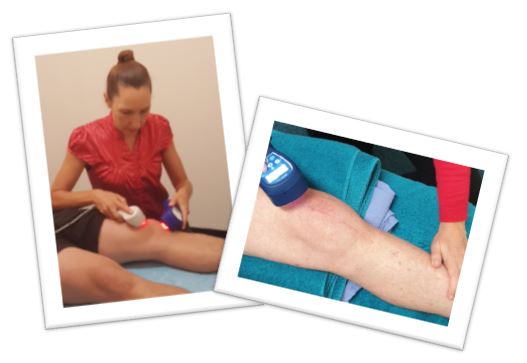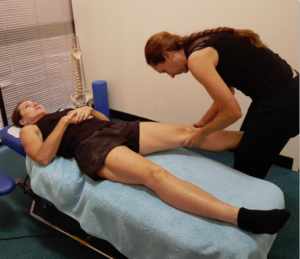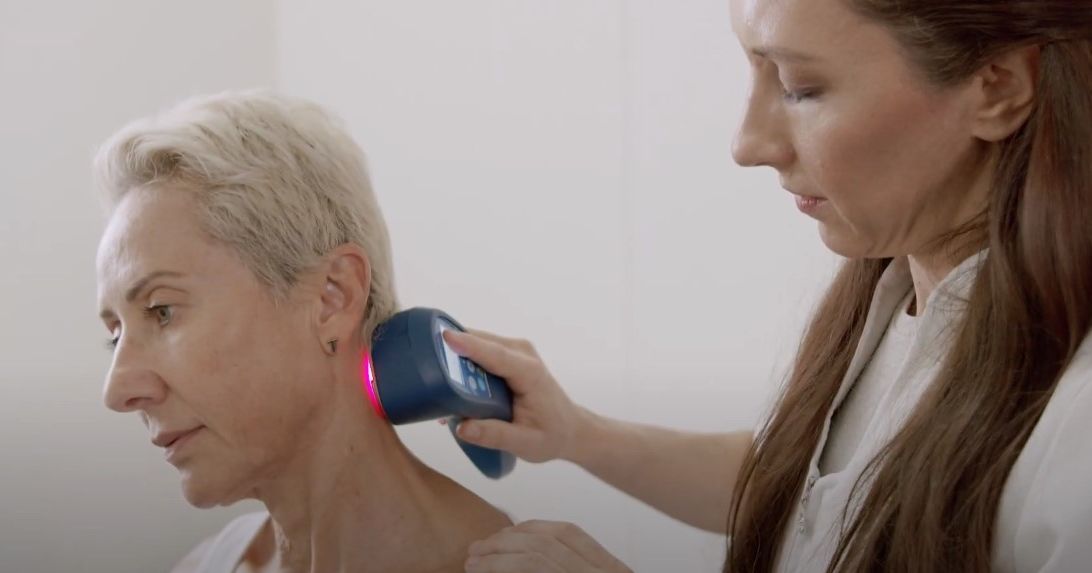December 10, 2025
Medial Collateral Knee Ligament Injury
What is Medial Collateral Knee Ligament (MCL) Injury?
The medial collateral ligament (MCL) is located on the medial (inner) side of your knee and it connects the top of your tibia (shinbone) to the bottom of your femur (thighbone). It is one of the four major ligaments in your knee that provide stability to your knee joint. Its main function is to resist the movement of tibia or foot outwards in relation to the knee, also known as knee valgus. When this ligament is injured, it is often called an MCL sprain and it could either be an overstretched or torn MCL.
Causes of MCL Injury
The MCL is very susceptible to damage when a great force is applied directly on the outer side of the knee, which stretches or tears the MCL. This can occur when making a sharp change in direction, twisting the knee whilst the foot is fixed, landing wrong from a jump or the most common, a blunt force hit to the knee, such as in rugby tackle. In most cases, incidents needs to happen at high speed to injure the MCL.
MCL Injury Severity and Symptoms
The symptoms and severity of the MCL injury depends on the degree of stretching or tearing of the MCL. It can be graded in 3 levels: Grade 1 (Mild), Grade 2(Moderate) and Grade 3 (Severe).
-
Grade 1 MCL injury – The least severe MCL injury. Usually indicate slight stretch of the MCL but there is no actual tear. You may not feel too much pain or swelling in your knee joint but this can increase the risk of a repeat injury.
-
Grade 2 MCL injury – A moderate type of MCL injury where your ligament has been partially torn. This might cause instability in your knee joint and some common symptoms such as knee swelling, bruising and pain while moving the knee.
-
Grade 3 MCL Injury – The most severe type of MCL injury where the ligament tears completely, resulting in swelling or bleeding under the skin. This will also cause the knee joint to be unstable and you might find it hard to bear any weight. Usually, you might experience some severe pain that subsides quickly or no pain at all as all the pain nerve fibres are torn together with the ligament.





